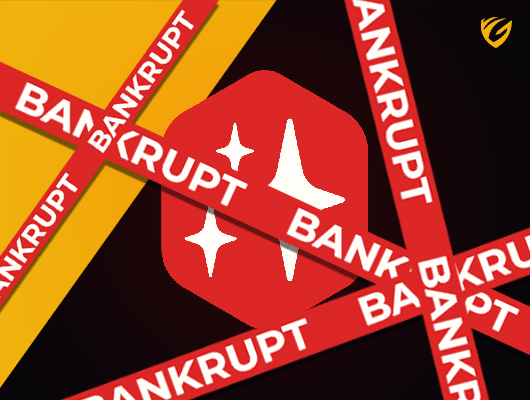Cryptocurrency: Fueling the Finances of Hamas
Recent violent efforts by Hamas, the Palestinian militant group accountable for numerous attacks against Israel, have made use of contemporary technologies. Among the instruments utilized were paragliders, drones, and rockets; their acts were broadcast to the globe via internet connections and mobile phone cameras. But a crucial question remains: Where did Hamas get the money to finance these kinds of operations?
It seems, in a startling discovery, that the realm of cryptocurrencies holds some of the solution. The narratives surrounding the Web3 ecosystem have not often addressed the cryptocurrency market’s role in funding terrorist organizations, despite the fact that decentralized finance has been hailed as a way to manage the complexity of the regulated global financial system.

Money Moves Into Militant Coffers
The US authorities confiscated millions of dollars worth of bitcoin that were being used as a fundraising tool by terror organizations as early as August 2020. However, it has been revealed that between June 2021 and August 2023, the terrorist group Palestinian Islamic Jihad—which has been embroiled in recent hostilities with Israel—managed to amass an additional $93 million in cryptocurrencies. During the same time frame, the main organization in charge of the Gaza Strip, Hamas, was able to obtain about $41 million in cryptocurrency payments.
An Entire Cryptocurrency Web
These groups use procedures that are not exclusive to any particular coin. Although Hamas members, including the Al-Qassam Brigades, have been publicly requesting bitcoin payments since at least 2019, their connections to the cryptocurrency world are diverse. This includes stablecoins like Tether and USDC, which are based on the US dollar, as well as dogecoin, a cryptocurrency that tech tycoon Elon Musk frequently supports.
Cryptocurrency and Terrorism: An Impending Problem
In a terrifying report from August 2023, Elliptic—a company that helps cryptocurrency companies comply with financial regulations—exposed that these terror groups were profiting from the use of Solana, a cryptocurrency that is notable for being backed by FTX’s Sam Bankman-Fried, and investing in decentralized finance (DeFi) protocols through wallets that it tracked.
Tech’s Dual Nature: Creating Barriers Against Terrorism Backed by Cryptocurrencies
The relationship between terrorism and cryptocurrencies raises serious questions about how blockchain technology may be abused to further illicit activity. Authorities and companies are being relied upon more and more to address these concerns as the cryptocurrency industry develops and to make sure that the financial networks that are utilized for illicit activities are closely examined.
From Blockchain Resilience to Dark Financing
Creating the Cryptocurrency of the Future in a World of Security Challenges
The story of how terrorism was funded by bitcoin serves as a sobering reminder that technology can be used for both good and bad things. It emphasizes how important it is for the cryptocurrency sector and government agencies to work together to create strong protections against the unauthorized use of digital assets while maintaining the beneficial advancements that blockchain technology offers.



